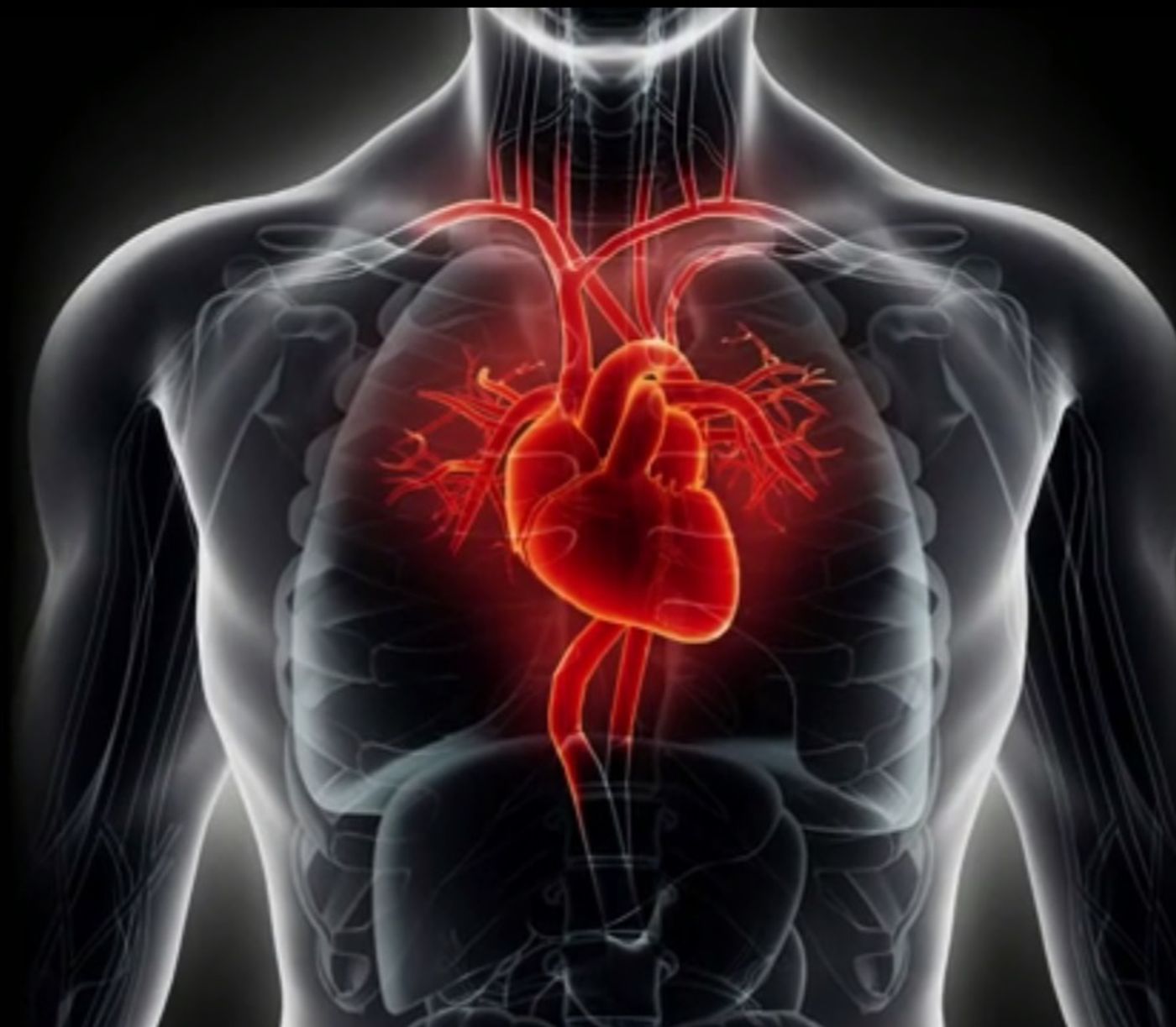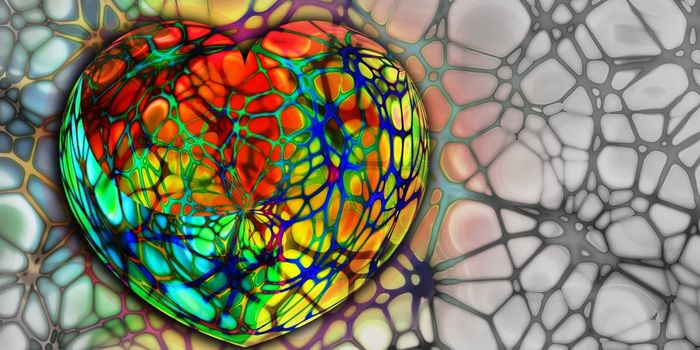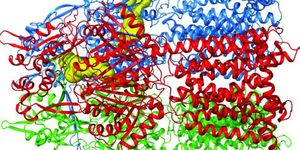Scientists Achieve Very First Safe Repair of Disease-Causing Mutation in Human Embryos
Using in vitro fertilization (IVF), scientists are introducing genetic editing machinery into egg and sperm cells to prevent mutations that cause dangerous heart conditions. After ensuring the process is safe and effective, they could ultimately begin preventing all disease-causing mutations from being passed on for all future generations.
The current study, published in the journal Nature, focused on a rare heart condition, hypertrophic cardiomyopathy (HCM), which is responsible for the majority of sudden death cases in otherwise healthy young athletes. HCM is caused by a dominant gene mutation in the MYBPC3 gene. And for someone living with the condition, they have a 50 percent chance of passing it down to their children.
From the Salk Institute and collaborators from Oregon Health and Science University (OHSU) and Korea's Institute for Basic Science, scientists incorporated the CRISPR-Cas9 system into their new gene editing strategy. Using induced pluripotent stem cells created from a skin biopsy, donated by a person with HCM, they programed the Cas9 enzyme to “cut” the mutated gene like a pair of molecular scissors. Most importantly, the gene editing tool was designed to leave all other genes alone.
After the mutated gene was cut, the host cells then repaired the DNA like they would any other piece of broken genetic material. Next, researchers injected the gene editing tools into donor eggs and sperm via IVF to see if the process effectively preventing the mutation from being passed on to the embryo.
They analyzed the embryos that developed, observing the handy work of the cells’ DNA repair mechanisms. The new gene editing strategy appeared to be safe (all other genes were untouched) and effective (researchers saw embryos developed that contained no sign of the MYBPC3 mutation).
“Even though the success rate in patient cells cultured in a dish was low, we saw that the gene correction seems to be very robust in embryos of which one copy of the MYBPC3 gene is mutated," explained Jun Wu from the Salk Institute. "Our technology successfully repairs the disease-causing gene mutation by taking advantage of a DNA repair response unique to early embryos.”
Given the high stakes of this particular situation, where one wrong change - even if unintended - could lead to the malformation or death of the embryo, the study researchers stress that this study is just the beginning of many more experiments that will have to be done to ensure the procedure’s safety.
"Thanks to advances in stem cell technologies and gene editing, we are finally starting to address disease-causing mutations that impact potentially millions of people," said Juan Carlos Izpisua Belmonte from the Salk Institute. Izpisua Belmonte is also on the committee for human gene editing with the National Academies of Sciences, Engineering and Medicine. "Gene editing is still in its infancy so even though this preliminary effort was found to be safe and effective, it is crucial that we continue to proceed with the utmost caution, paying the highest attention to ethical considerations."
The current study is “fully compliant” with recommendations from the 2016 report “Human Genome Editing: Science, Ethics, and Governance.
Going forward, Wu, Izpisua Belmonte, and the rest of the research team will work on improving in vitro fertilization (IVF) outcomes and ensuring the safety of this new procedure, with hope that in the future, this gene editing strategy could cure more diseases caused by single-gene mutations.
Source: Salk Institute









